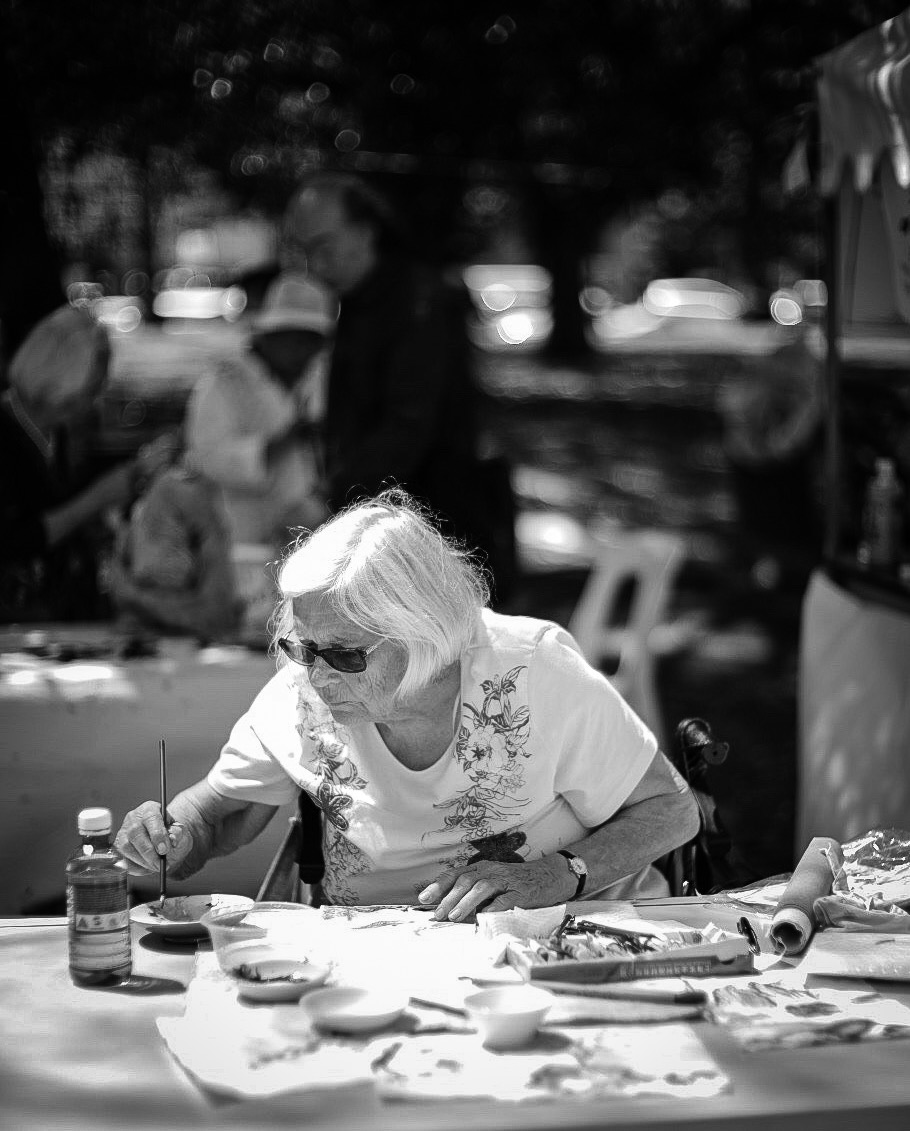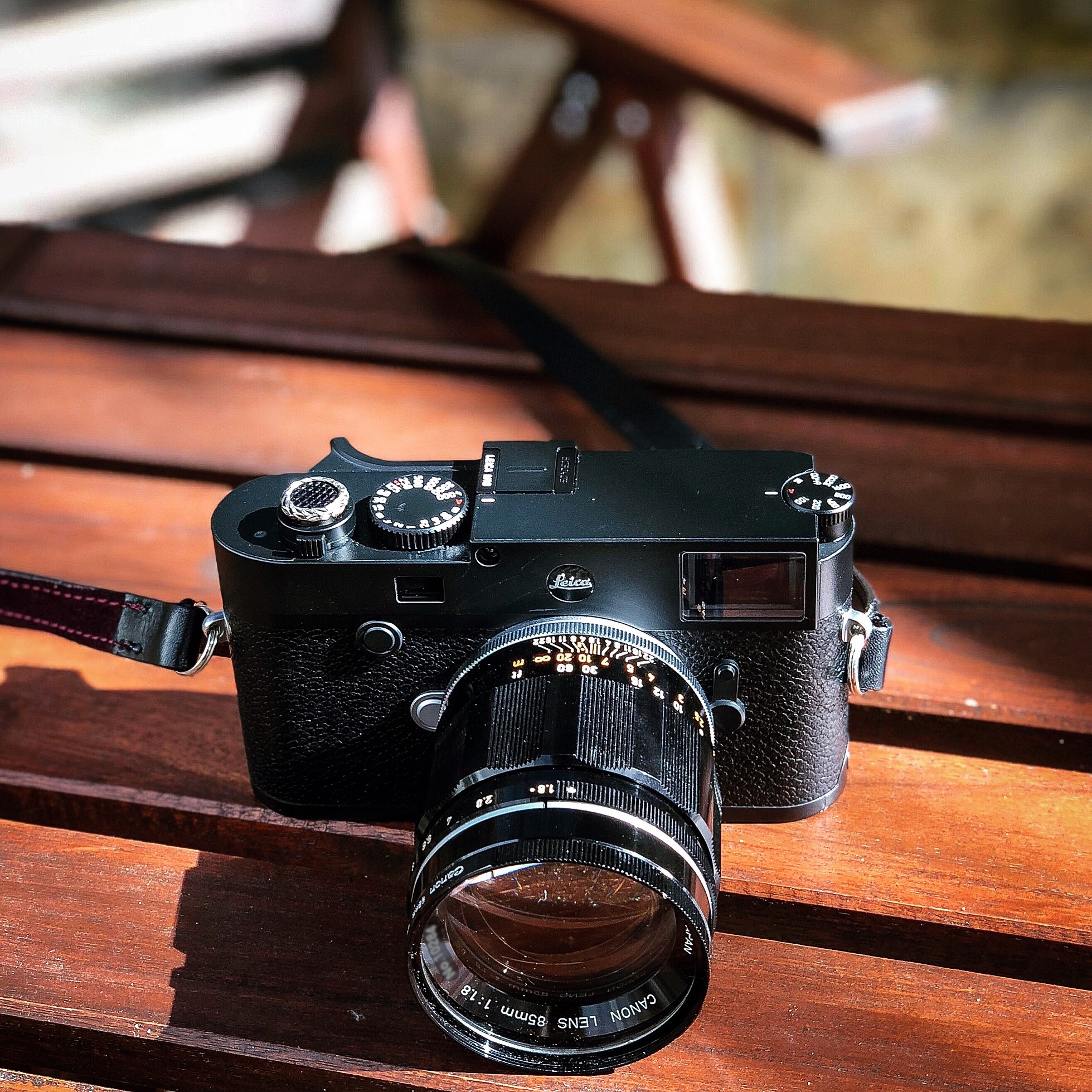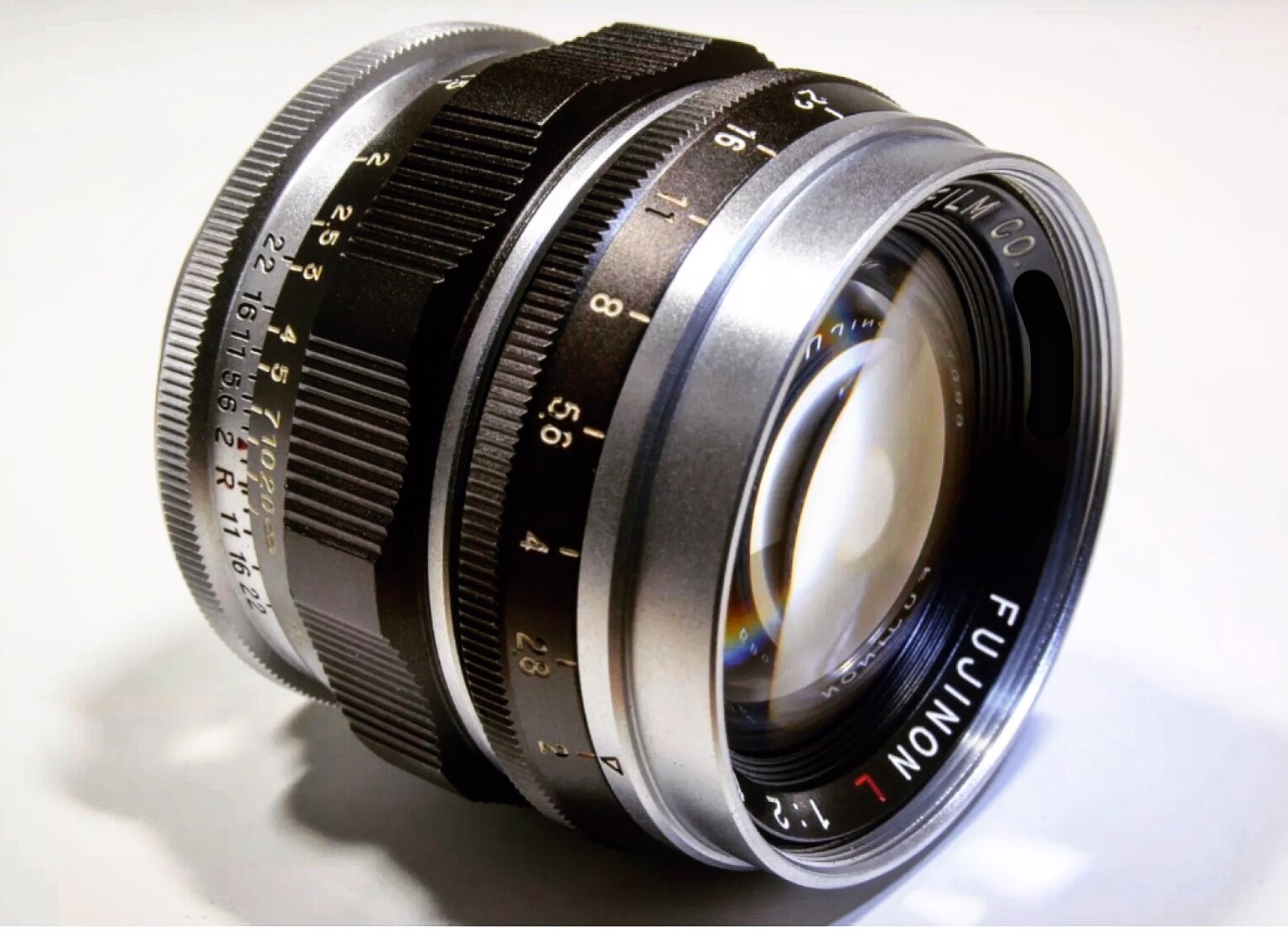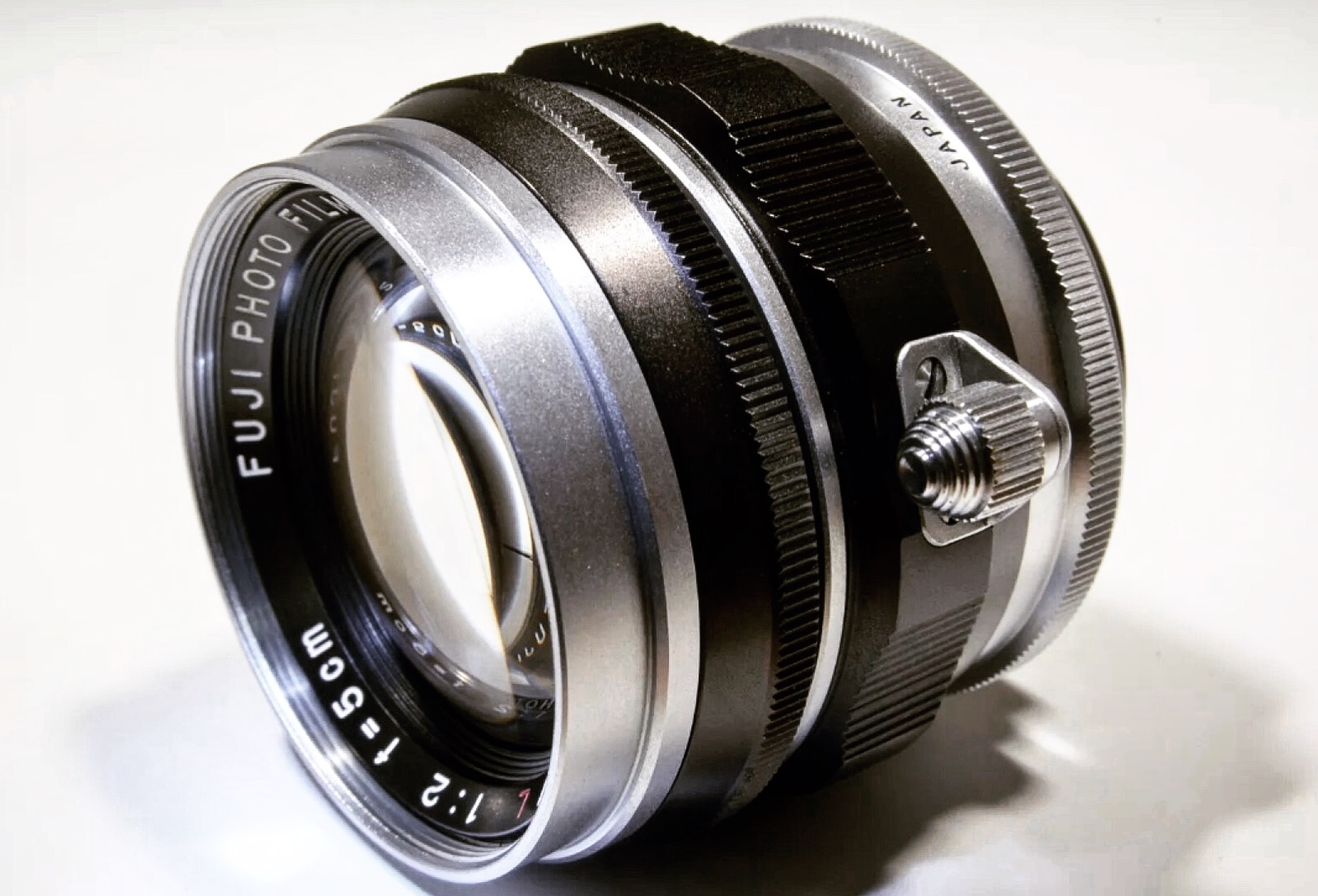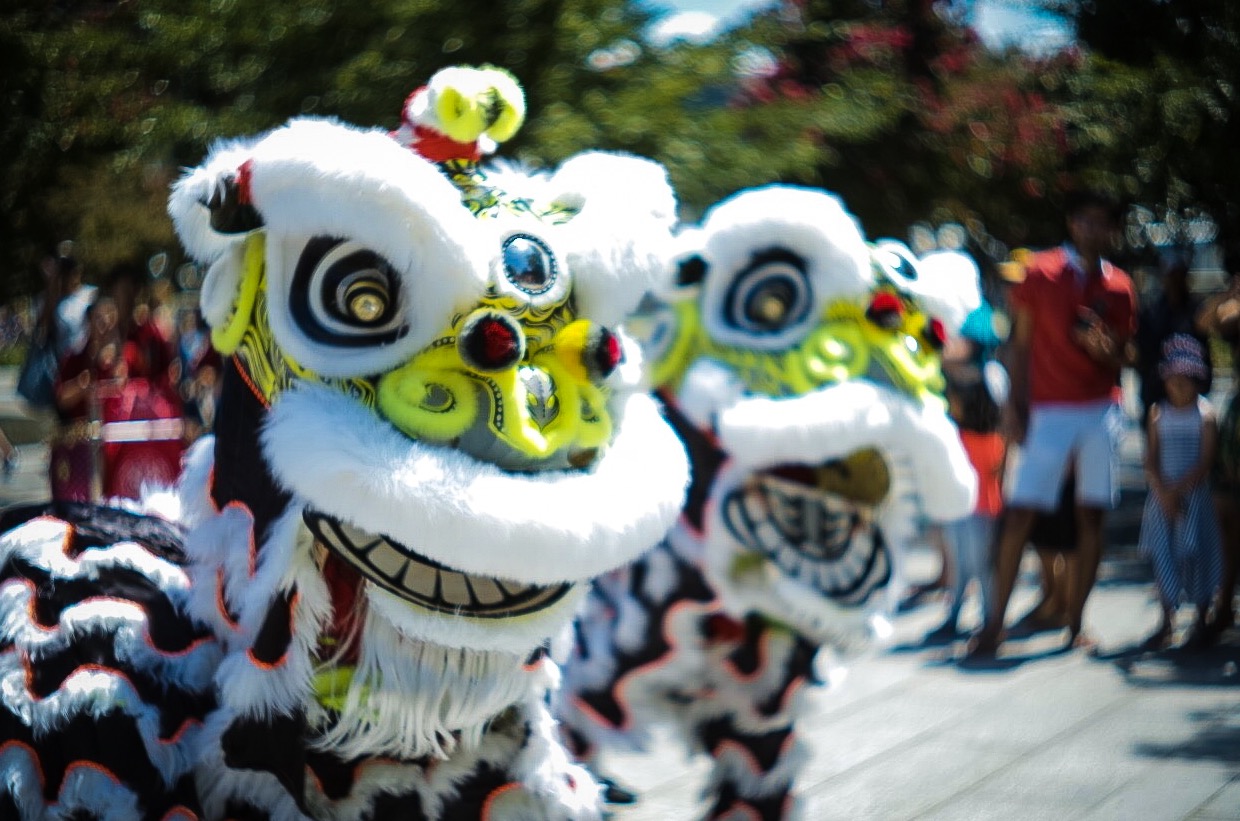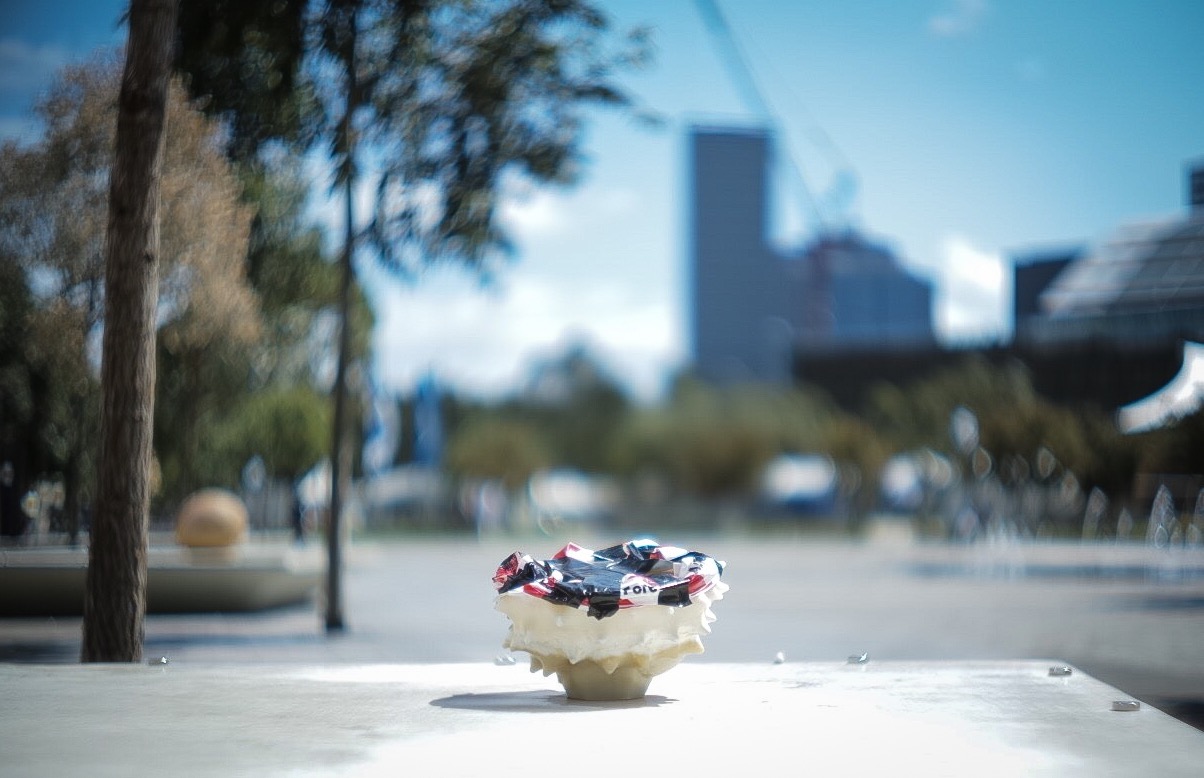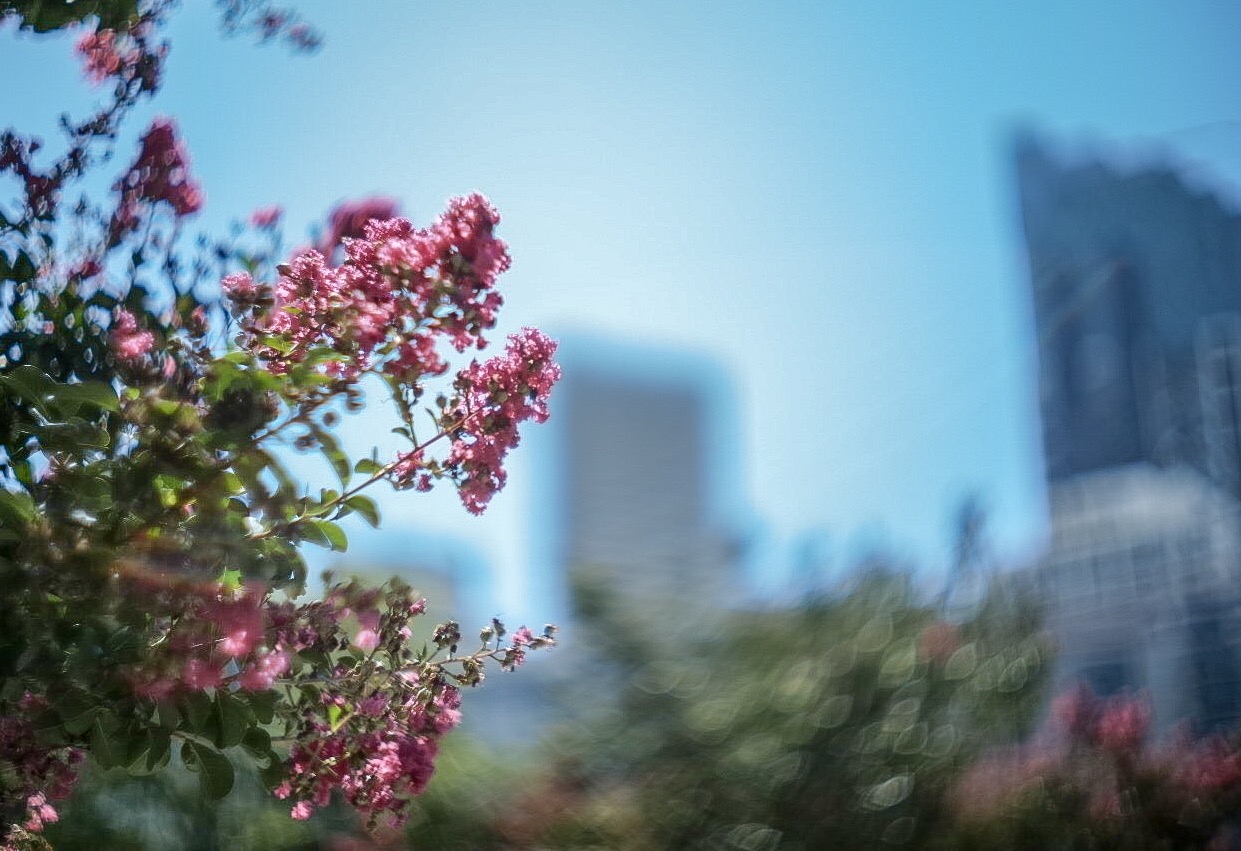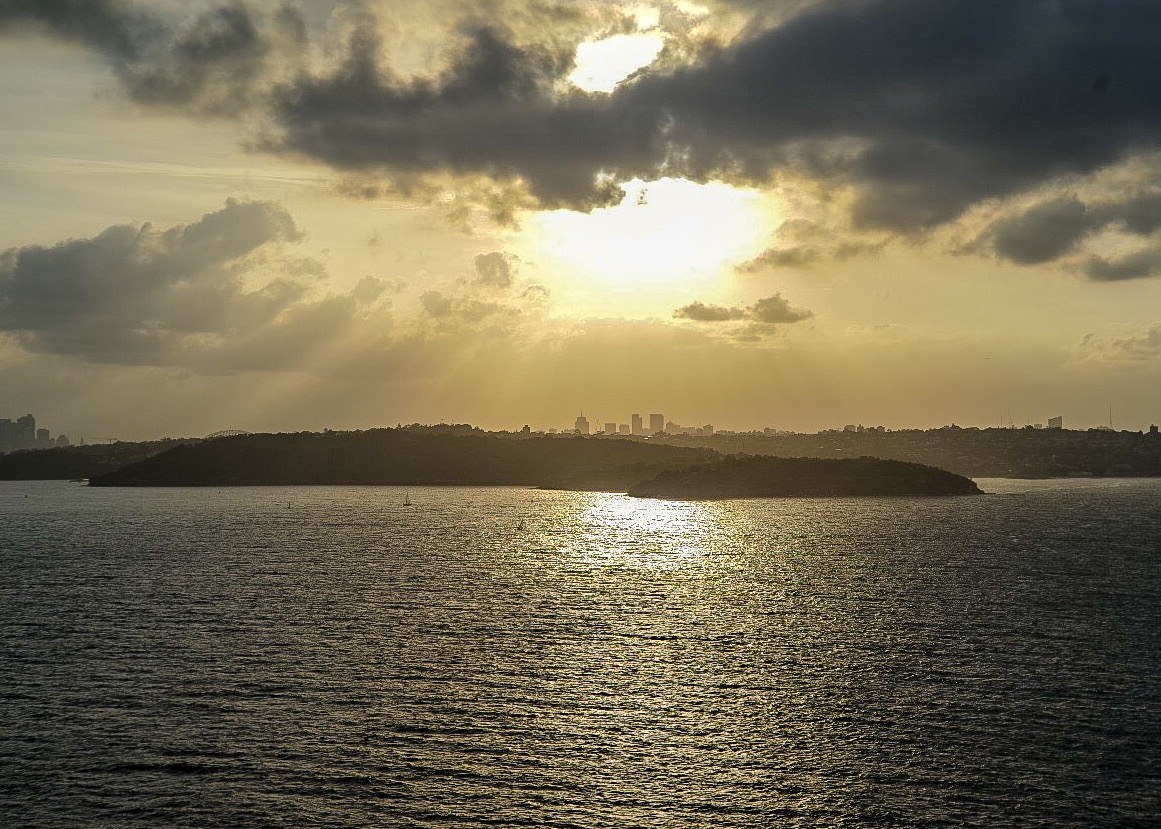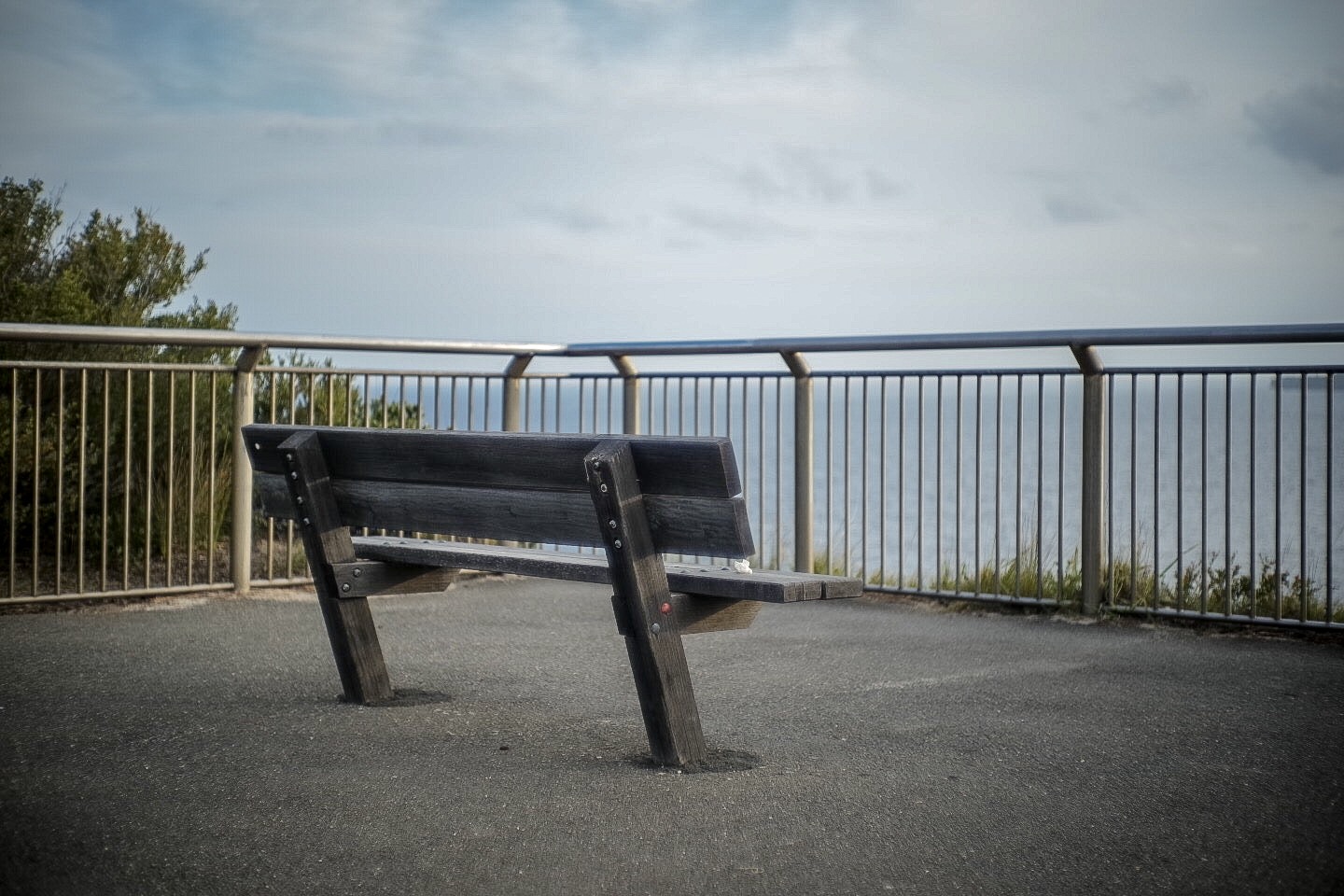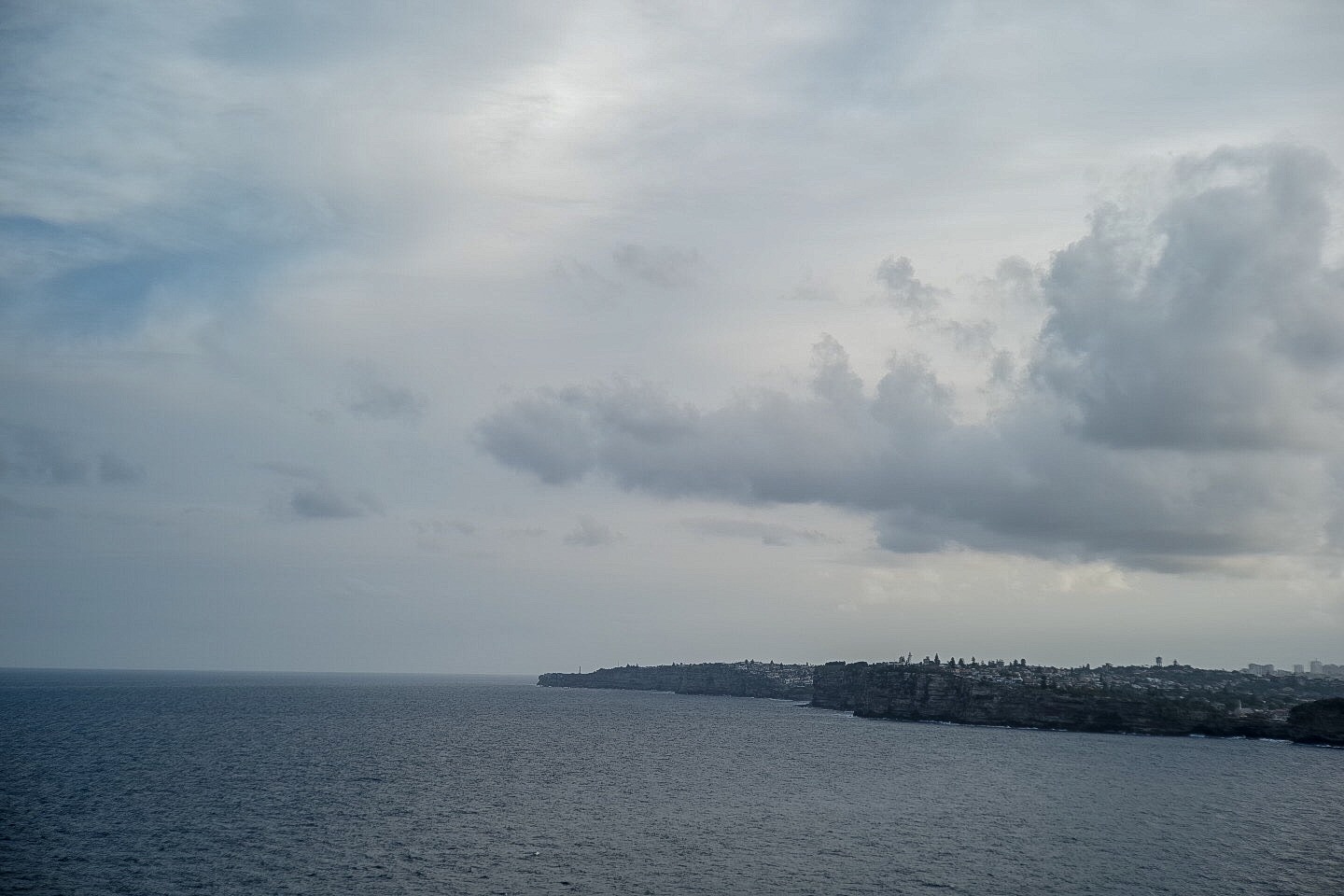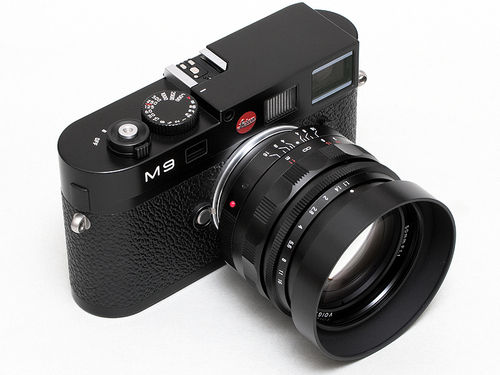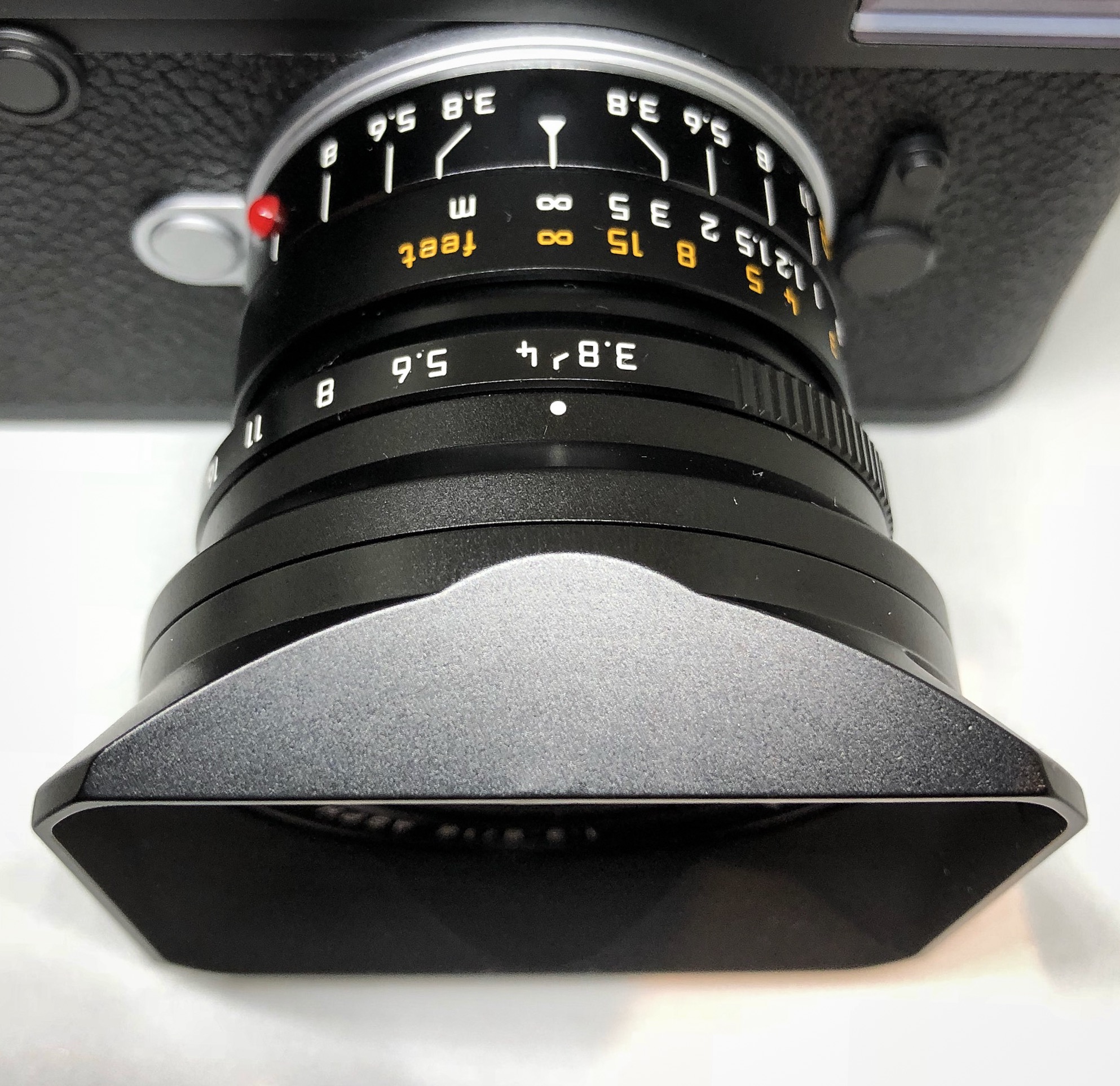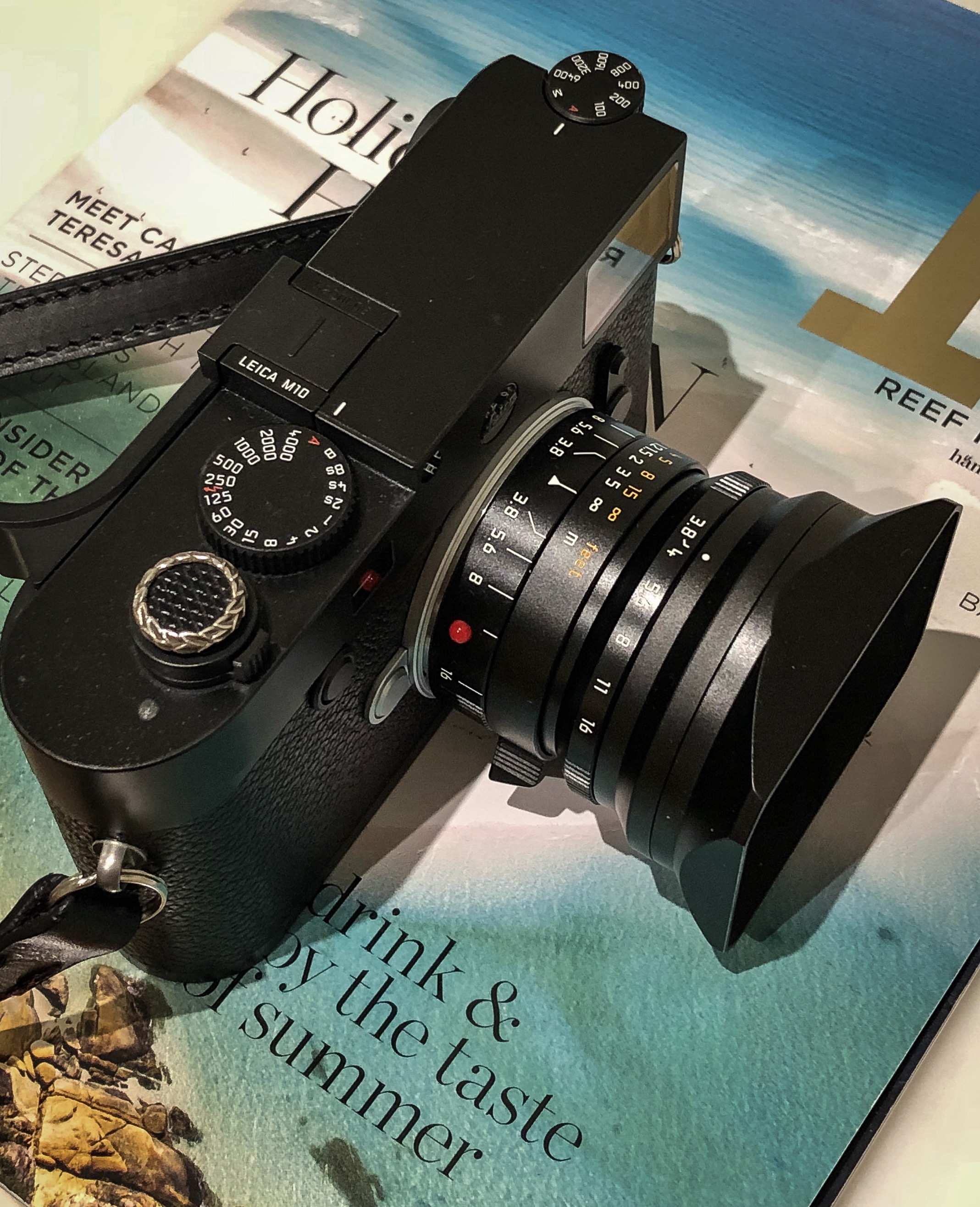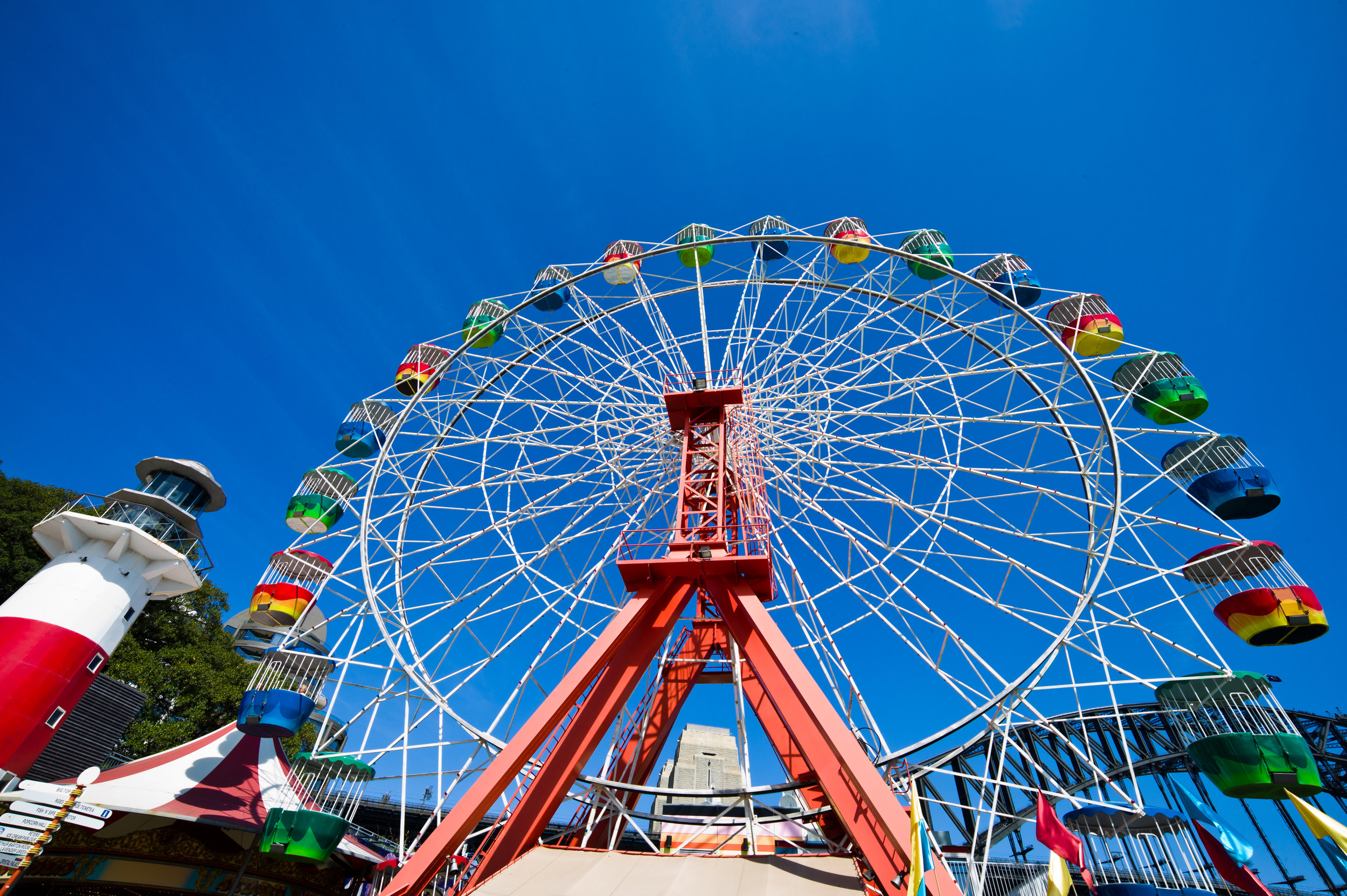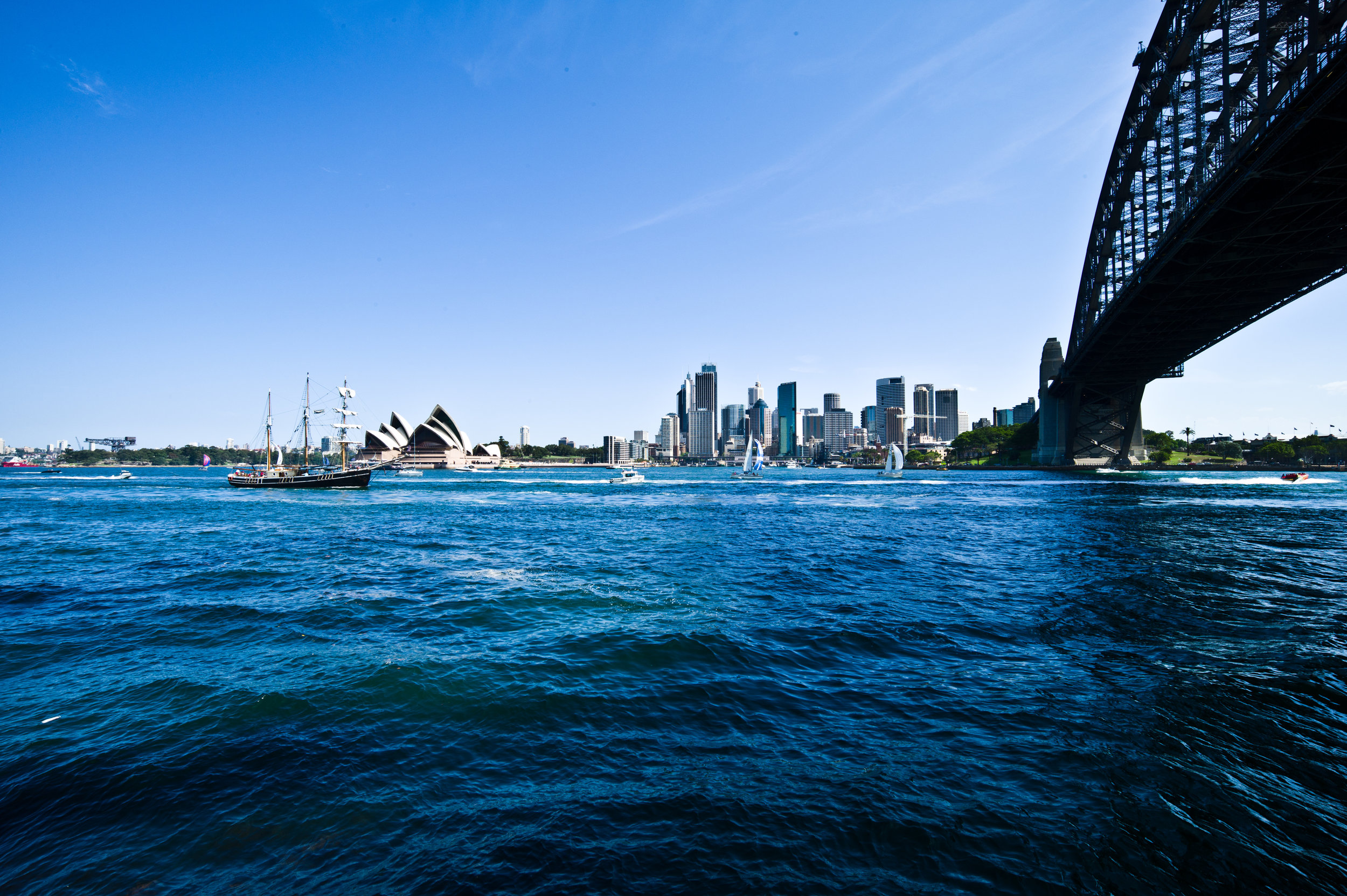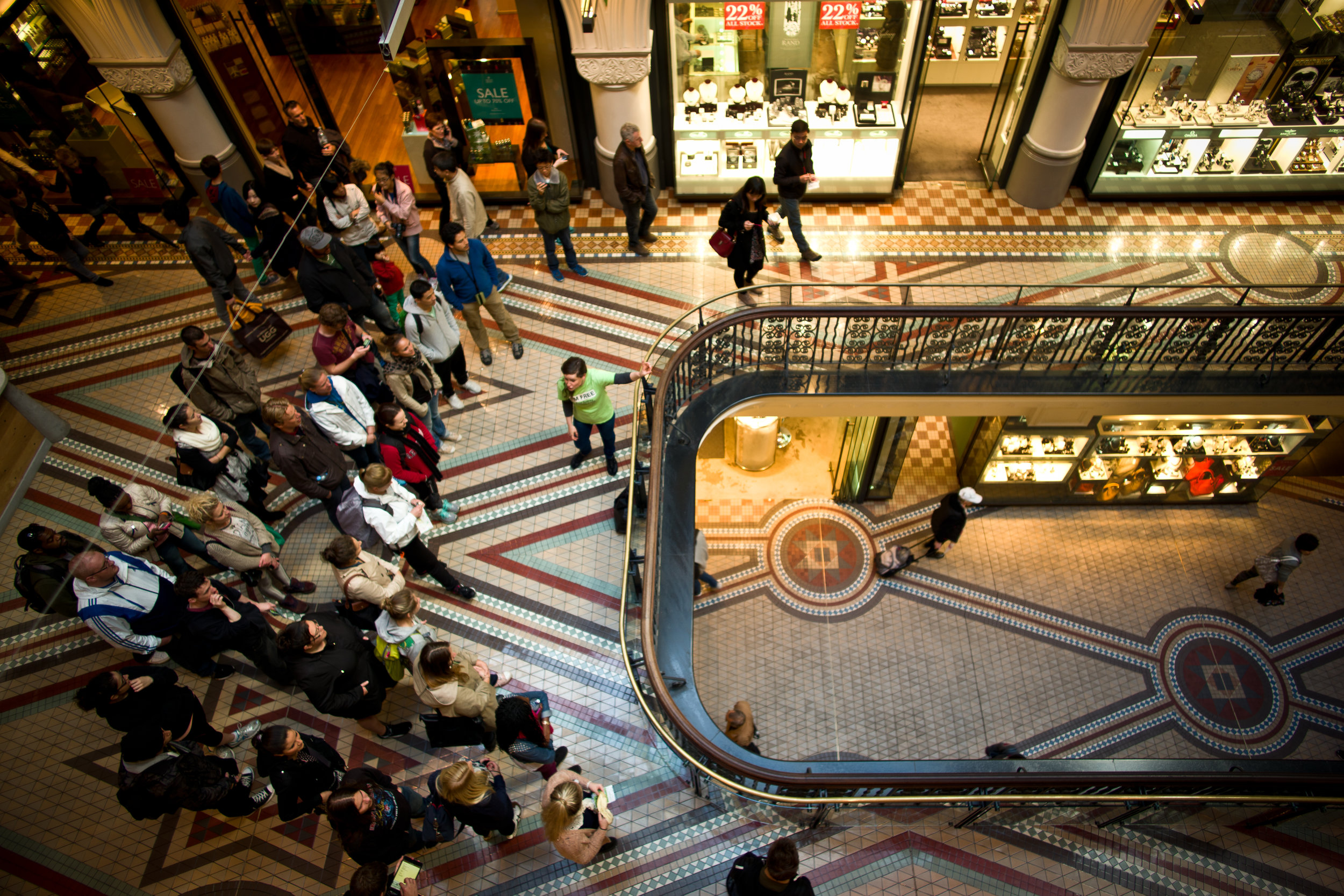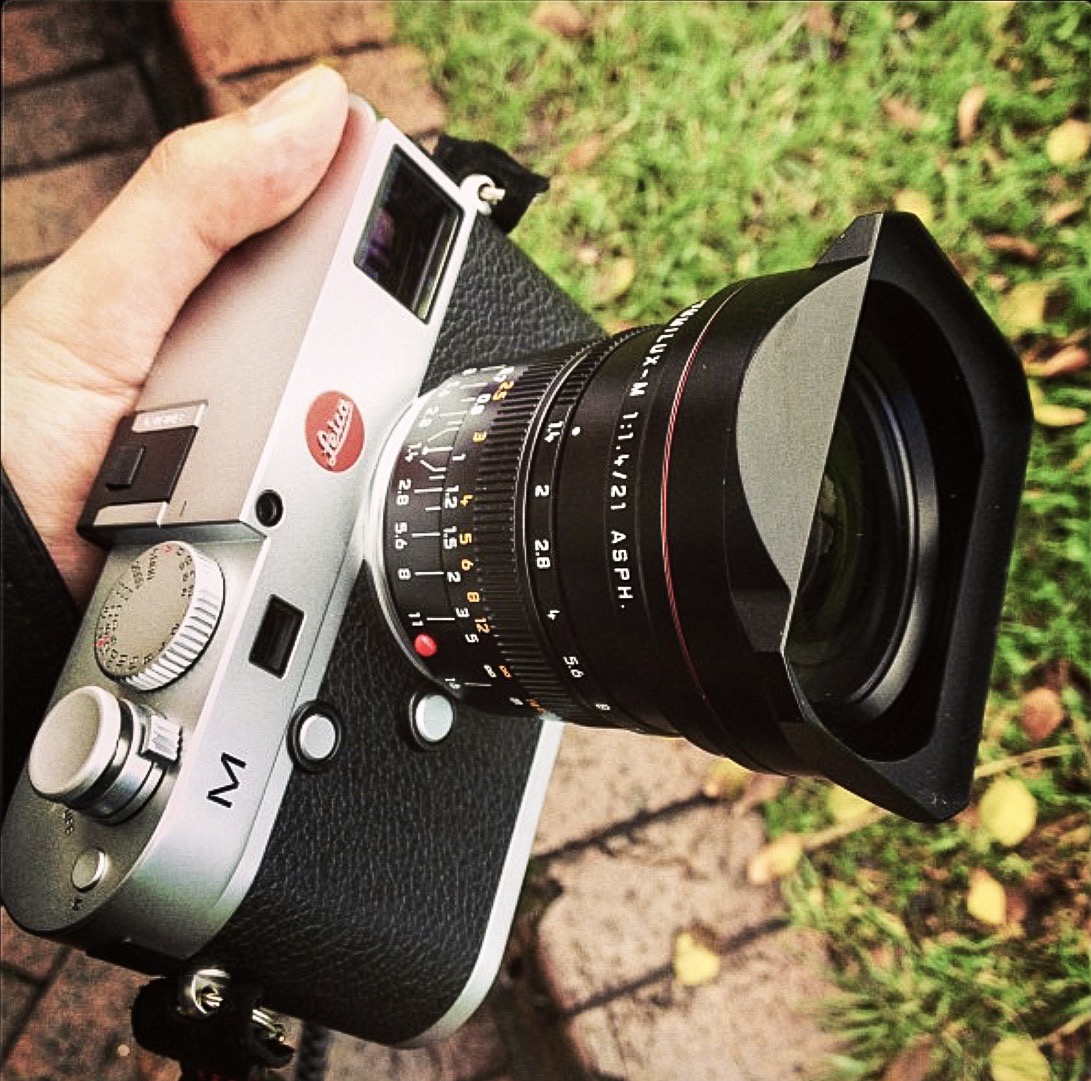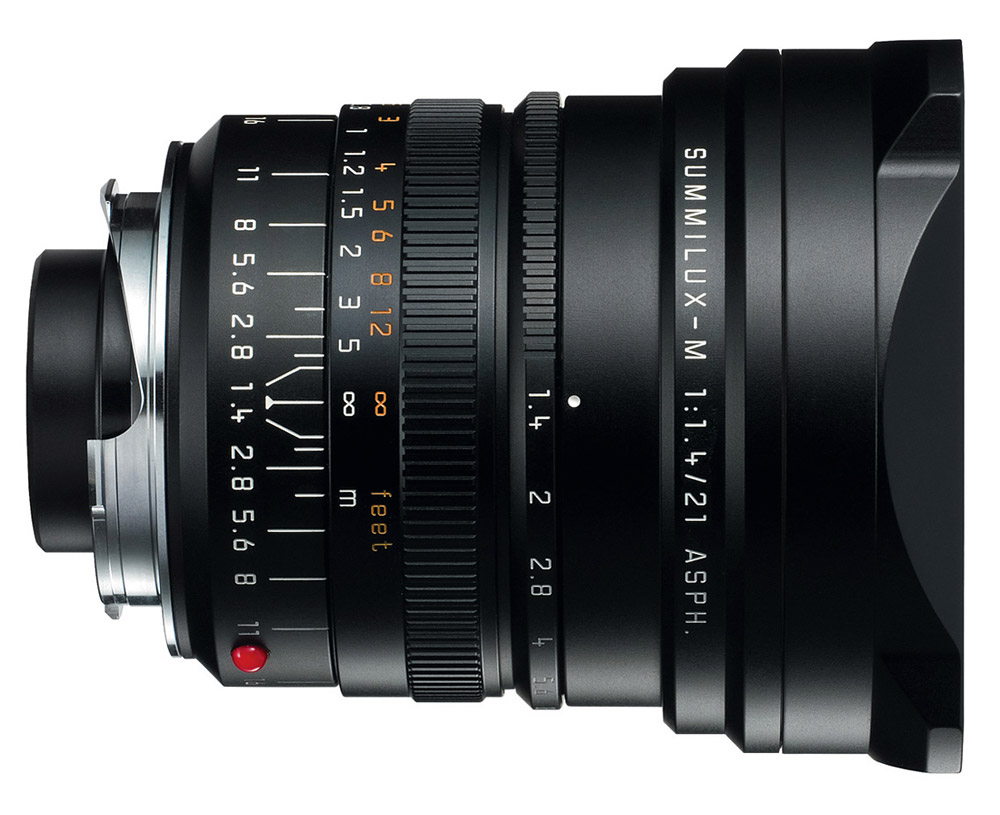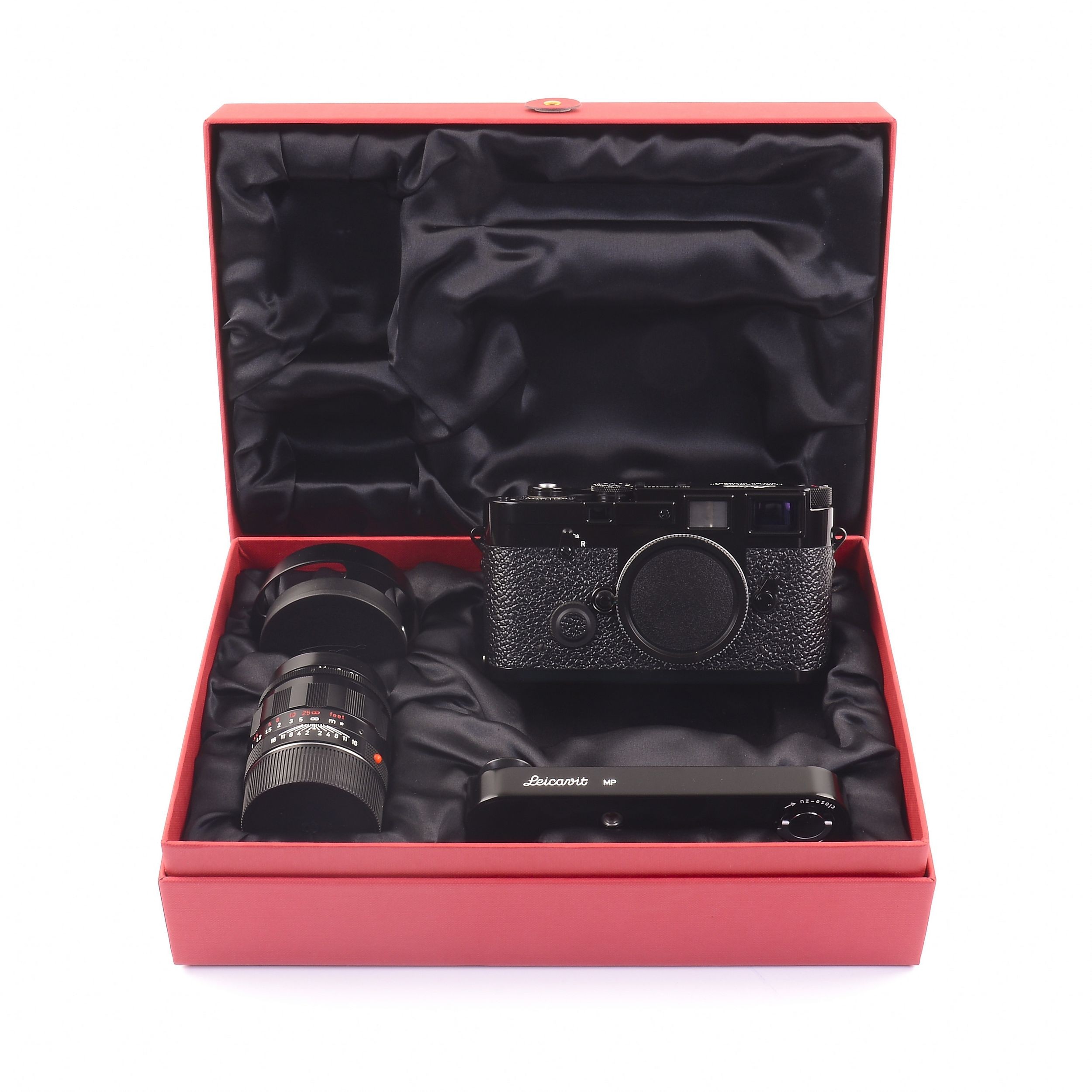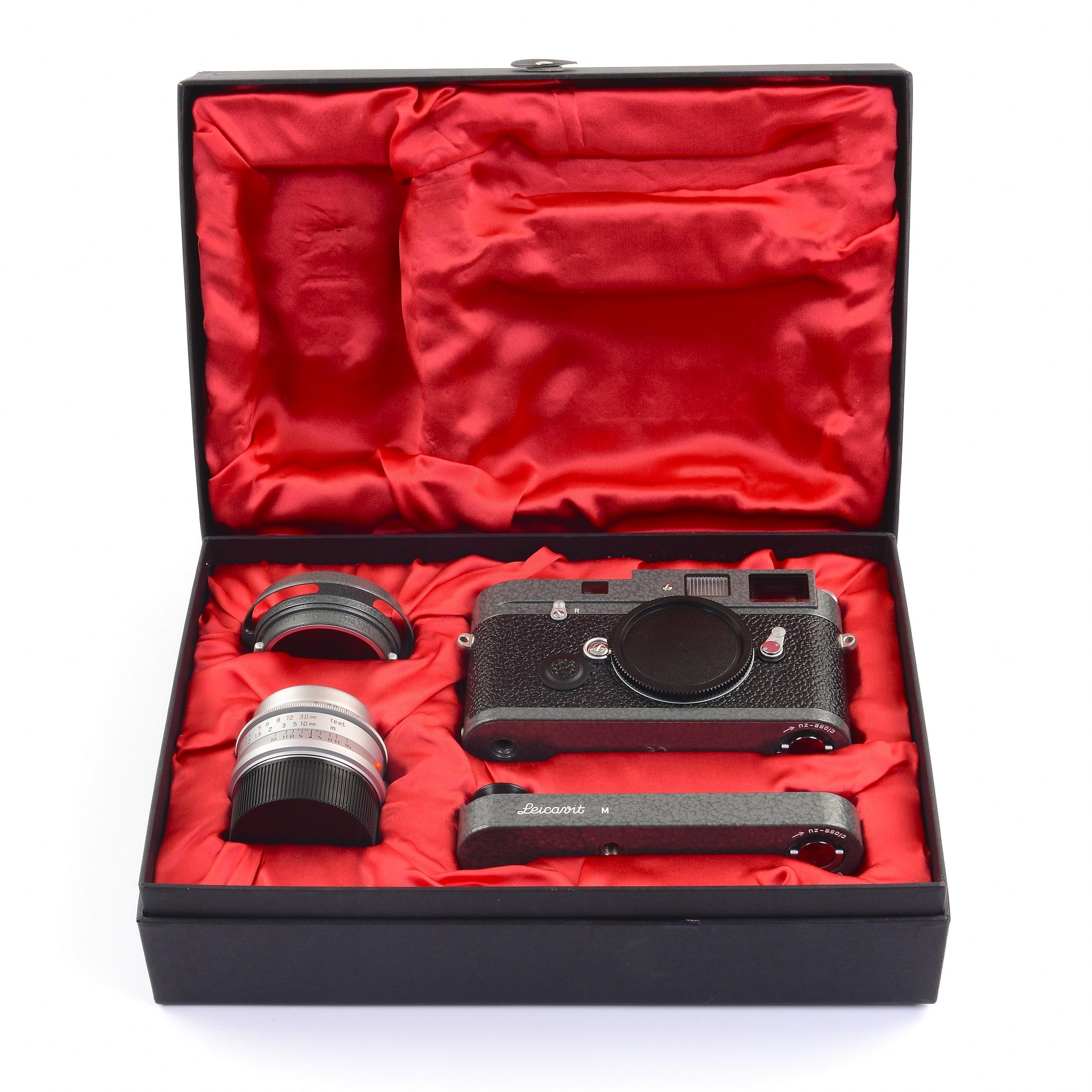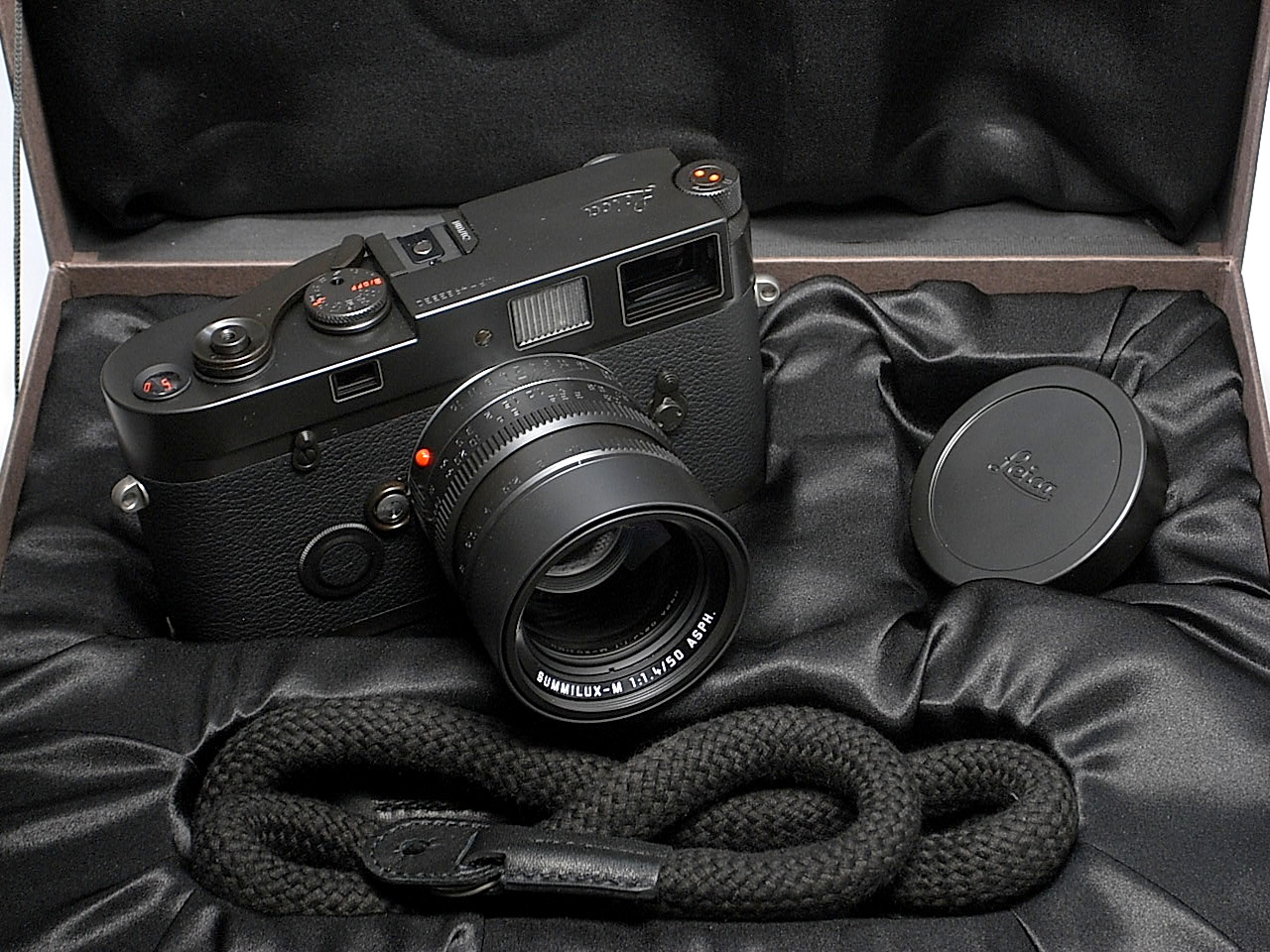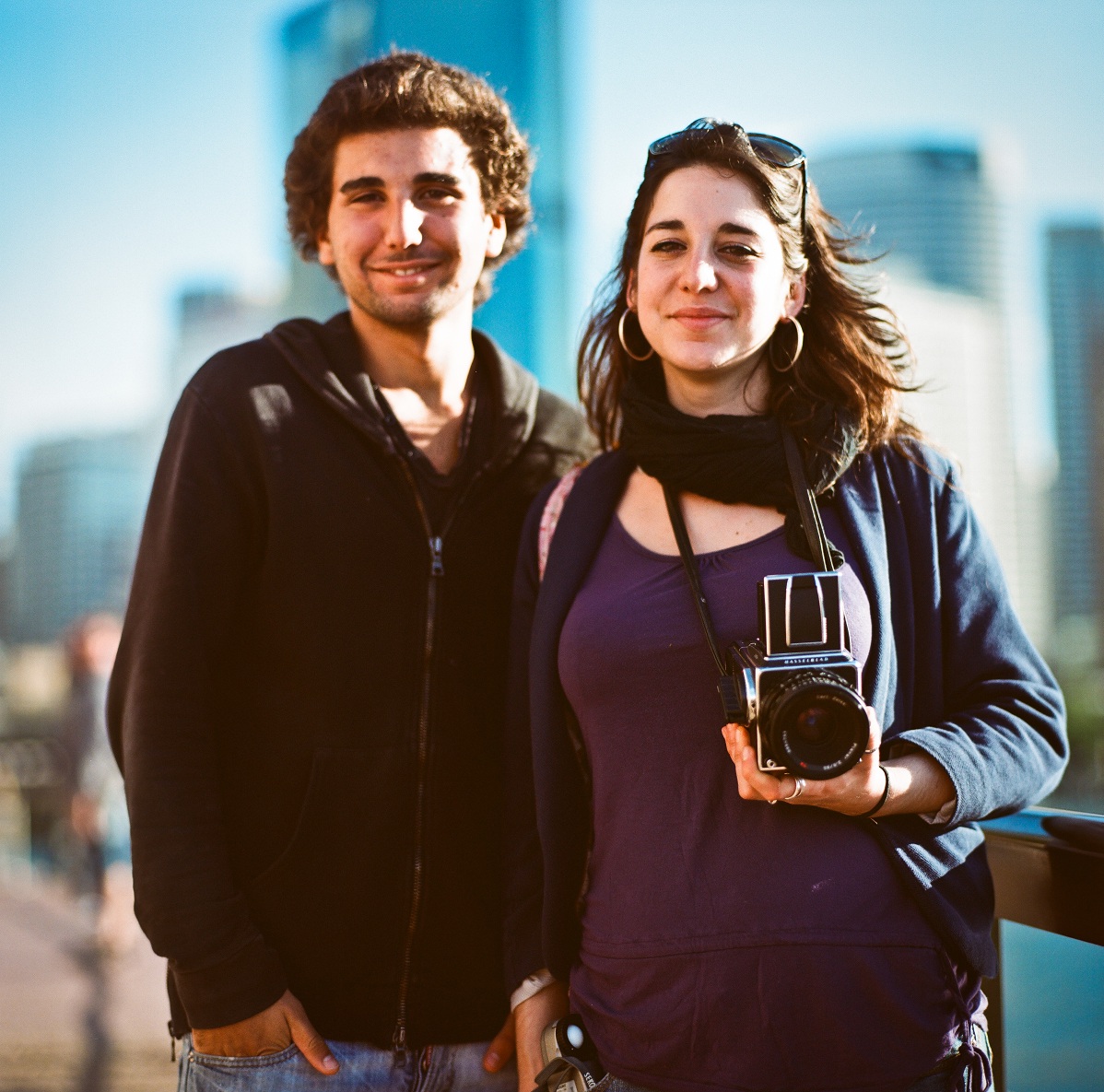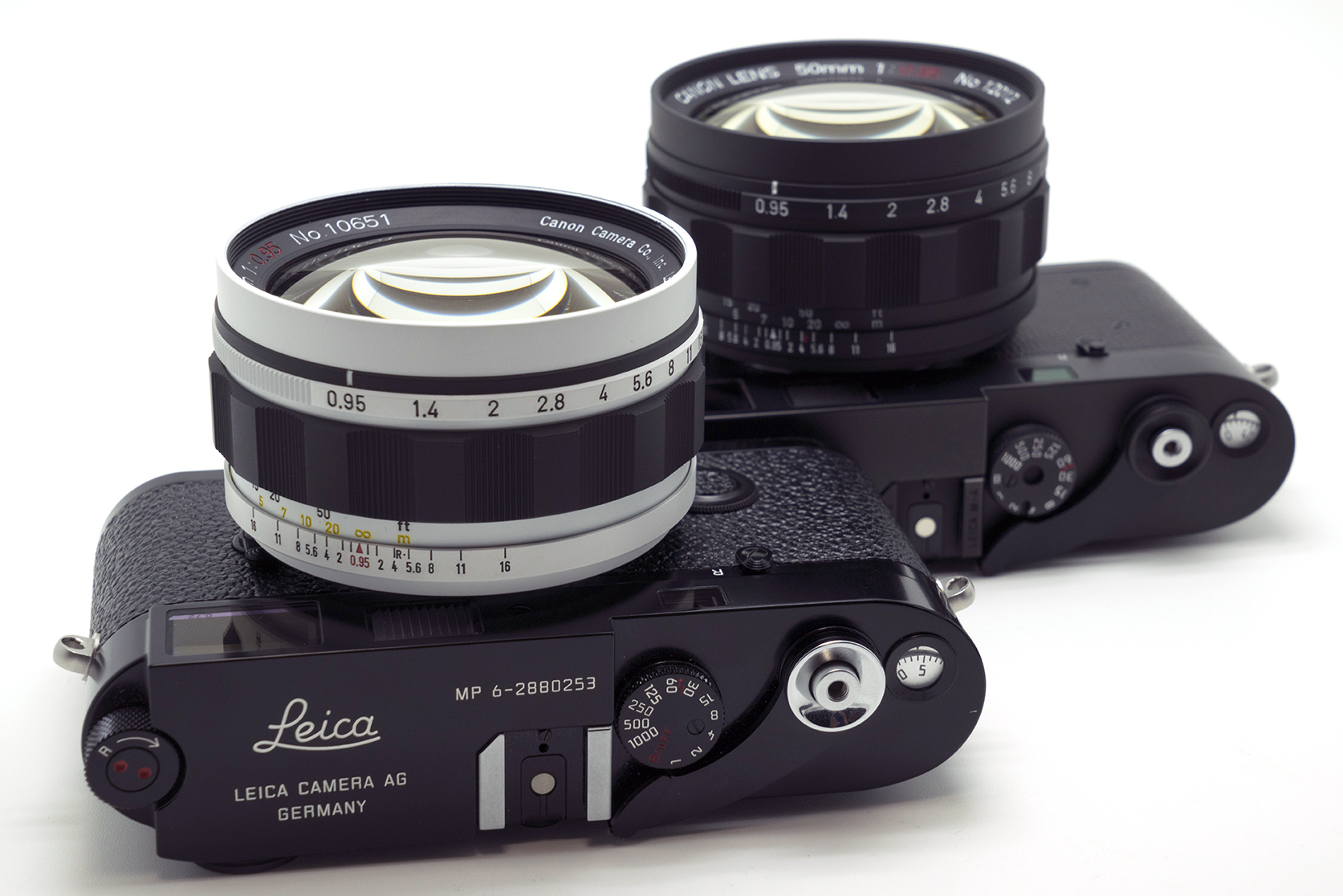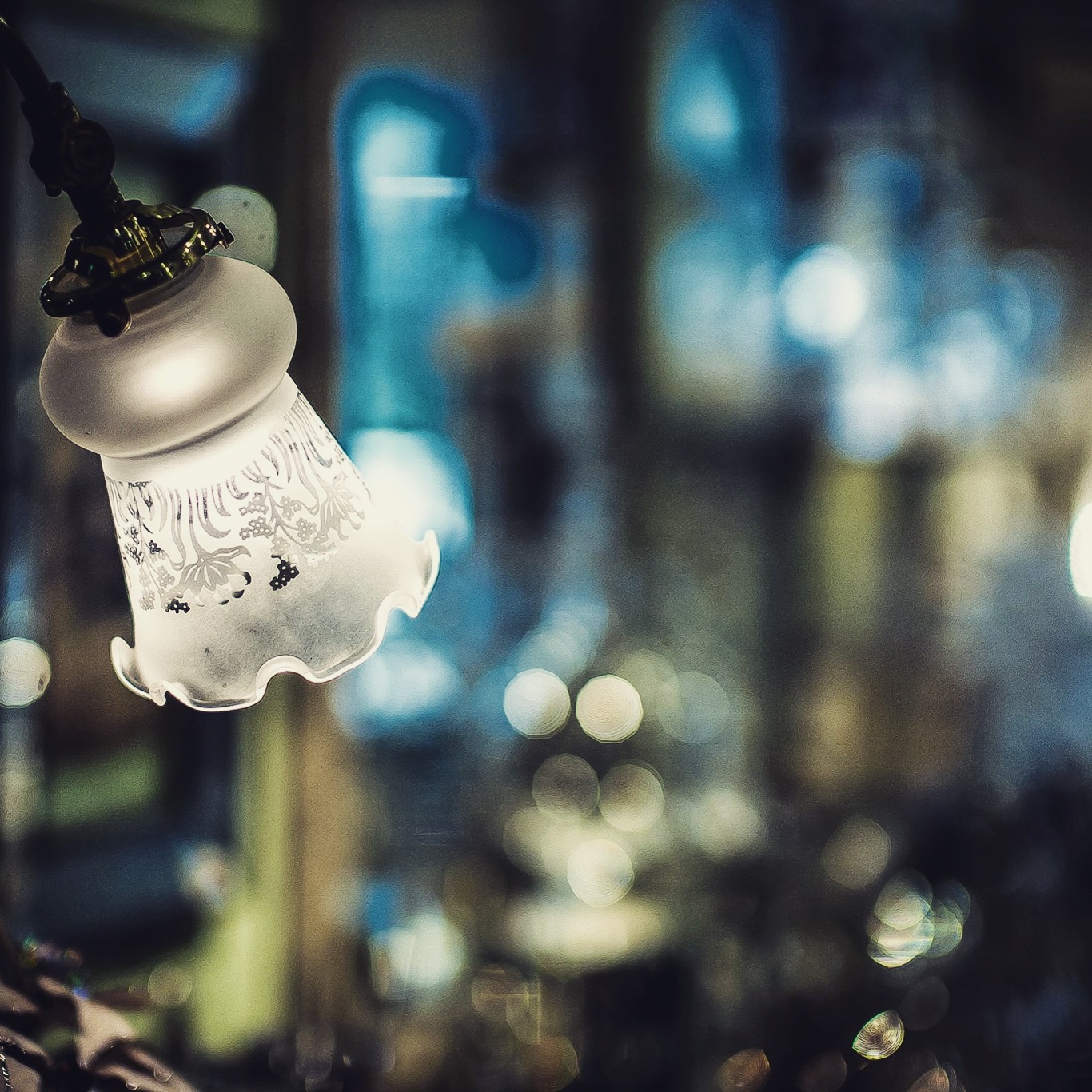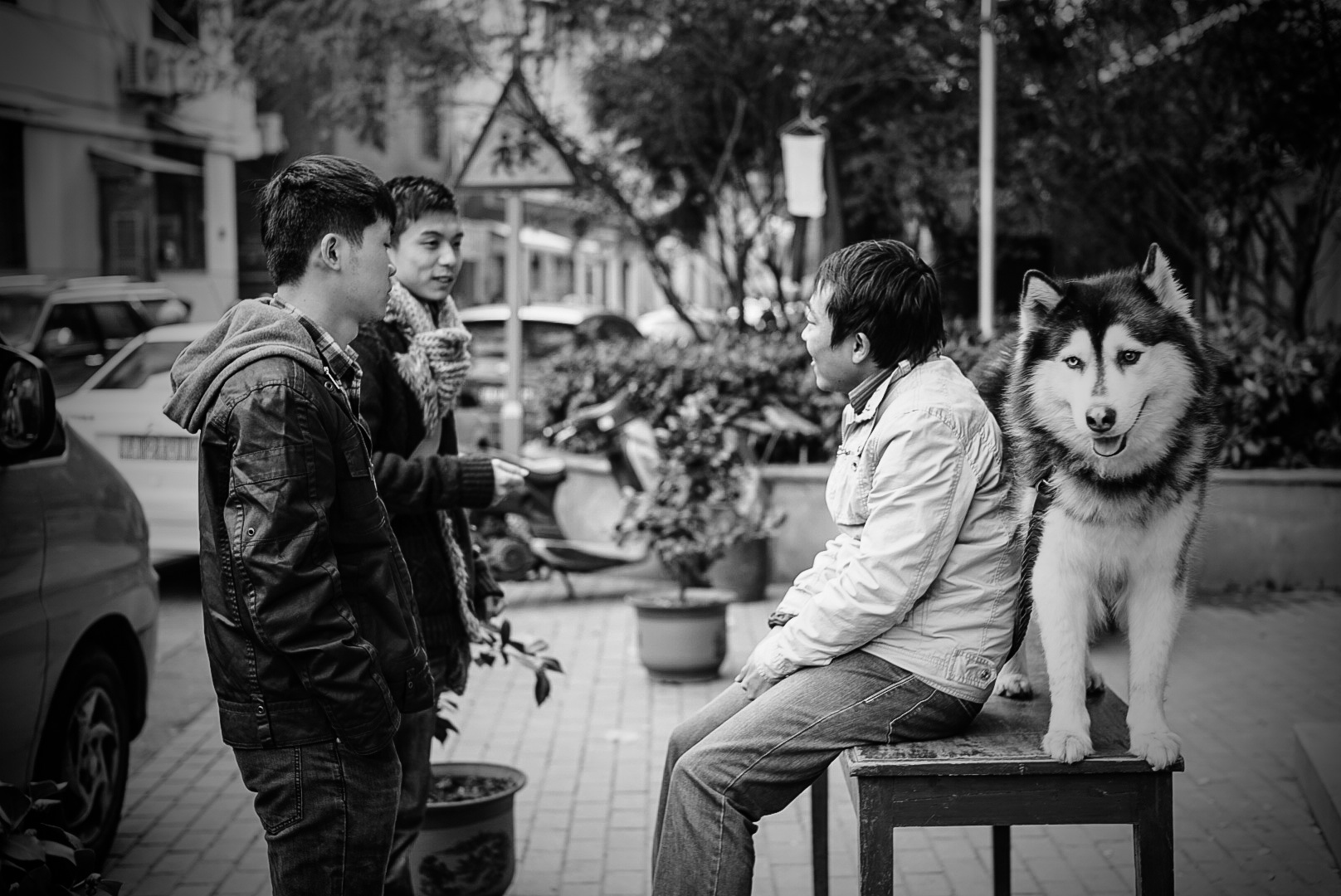Konica released a limited edition set consisting of a Konica Hexar Rangefinder Camera with the Konica Hexanon 50mm F1.2 M lens back in 2001 to celebrate the new millennium with a total limited number of 2001 sets produced. It is a rare occasion to see the lens separated from the set hence few information dedicated to the Konica 50mm F1.2 lens.
Build Quality
The Konica Hexanon 50mm F1.2 M Lens has excellent build quality. It is made from all solid metal construction with a bronze brass finish. It feels nice in the hands for a lens made in Japan but not as well as some lenses made by Leica Germany. The lens feels more compact and lighter than similar ultra fast lenses for Leica M.
Image Quality
The Konica Hexanon 50mm F1.2 M is an amazing ultra fast lens, it’s bokeh is very smooth for out of focus areas and extremely creamy when shooting wide open at its maximum aperture of f1.2. The lens sharpens up at f2.8 and beyond, which reaches maximum sharpness at f8.
The rendering has the best of Japanese lenses that produce natural and eye-pleasing images. The colour rendition and contrast are excellent, which is not too heavy with tendency to the natural side. The Konica 50mm F1.2 has the best qualities of modern lenses.
Practical Use
Konica 50mm F1.2 lens balances exceptionally well on Leica M Rangefinders. The aperture ring clicks in place nicely and the focusing ring is very smooth, even turns faster than most Leica lenses during practical use.
There is no viewfinder blockage with the lens alone. However, there is certain intrusive blockage with the large lens hood installed and quite intimidating to subjects during actual shooting.
Specifications
Lens Mount: Leica M
Production Year: 2001
Construction: 7 Elements / 6 Groups
Maximum / Minimum Aperture: F1.2 - F16
Closet Focusing Distance: 0.9m
Filter Size: 62mm
Weight: 390g
Conclusion
The Konica Hexanon 50mm F1.2 is a modern ultra fast prime for rangefinders that provides exceptional image rendering qualities as an alternative to similar Leica lenses.

























